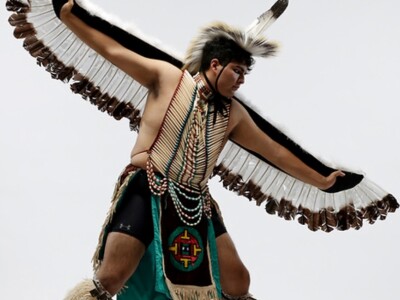
by Lillian Bills, dramaturg
The original Everyman comes from several hundred years of liturgical (religious) drama in Western Europe. There were several different kinds of liturgical drama that arose during the medieval ages including mystery plays (retellings of bible stories) and morality plays (plays that teach a moral).

Hrotsvitha, a German nun in the 10th century, is credited with being the oldest medieval playwright. She wrote liturgical comedies which focus on the battle between good and evil, chastity, and martyrs.
Liturgical drama was created not only to entertain audiences, but also to make Bible stories more relatable or to remind audiences to choose good over evil.
Liturgical drama dominated English theater for about 400 years. According to Glynne Wickham, an English Drama scholar, the end of overtly religious drama in England began when Queen Elizabeth 1 banned the Corpus Christi festival in 1557.
Luckily for us, we still have records of the old religious plays and new ones are being produced and written. Religious drama is all around us. Have you ever seen VeggieTales or Joseph and the Technicolor Dreamcoat?
What other examples of religious drama are there?
Has Bible dramatization helped increase your understanding of the teachings of Christ? How?

For a more in-depth look at Medieval Plays in England: http://www.luminarium.org/medlit/medievaldrama.htm
For a fun video about Hrotsvitha: https://www.pbs.org/video/hrotsvitha-hildegard-and-the-nun-who-resurrected-theater-qayhtj/
For some information about the religious tensions during the Elizabethan Era: https://www.hartfordstage.org/stagenotes/hamlet/elizabethan-era/
Bibliography:
Fletcher, Robert H. “Medieval Drama: An Introduction to Middle English Plays.”, April 12, 2012, http://www.luminarium.org/medlit/medievaldrama.htm.
“Hrotsvitha, Hildegard, and the Nun Who Resurrected Theater.” , directed by Stan Muller. , produced by John Green, and Hank Green. , performance by Michael Rugnetta. , PBS Digital Studios, 2018.
Wickham, Glynne. Early English Stages 1300-1660. vol. 3, Columbia University Press, 1981.


